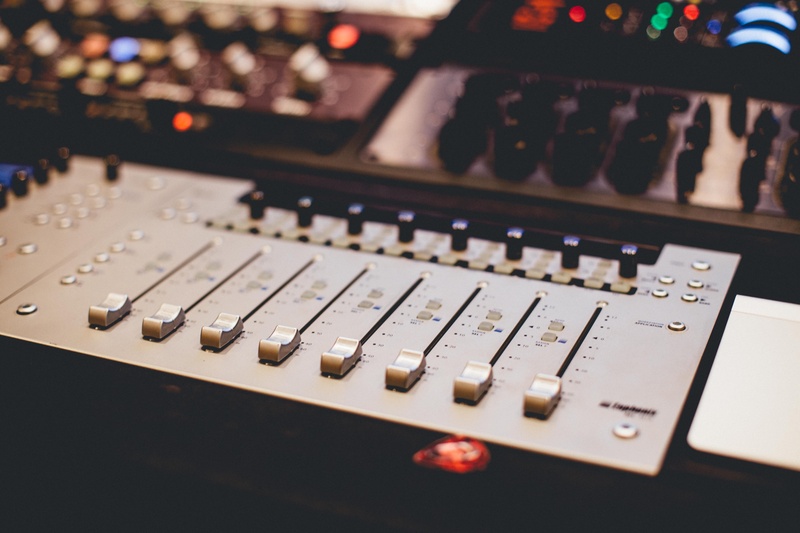Don’t know what sound editing is? That is probably because a sound editor’s work is most noticeable is when they are doing it poorly. The job of a sound editor is to take all the background noise, dialogue, music, and sound effects (which they often add) and integrate them into a smooth sonic experience. If that doesn’t happen, everything from odd noises to awkward musical transitions can get in the way of the filmmaker’s ability to tell an effective story.
Last year the Academy Award winner for Best Sound Editing was the dystopian action thriller “Mad Max: Fury Road.” The sound editors, Mark Mangini and David White, earned their well deserved accolade by weaving together the sound for an action movie with 2,700 cuts. That means 2,700 times ambient sound changes and 2,700 times music and dialogue must be checked to make sure everything is consistent. Countless more sound effects need to be added between and through the shots. This is only part of the job description, but it’s because of stats like these—and all the work that goes into building unique sound effects—that blockbuster action and sci-fi movies tend to take home this technical award category more often than artsier dramas, which have fewer moving parts.
Of course, as the real die-hard fans of award shows will know, the category of sound mixing is an entirely separate category. The various sound elements that the sound editors have sequenced are condensed into into their final form, the one that gets played through sound systems, speakers, and earbuds. Volume, along with a host of other technical features of unmixed sound like the various frequency components and the panoramic position, is balanced for an optimal final product. At the Academy Awards, the Oscar is given to both the mixer who worked on the post-production (the “re-recording” mixer) as well as the the original production sound mixer who was responsible for first recording all the sound on set.
Working with sound is one of the less glamorized aspects of film production, but even if many don’t know it, sound editors and mixers make the jump scares, dramatic crescendos, and swooning kisses the cinematic moments they are.
—Staff writer Hugh A. Mayo can be reached at hugh.mayo@thecrimson.com.
Read more in Arts
Portrait of an Artist: Ken UrbanRecommended Articles
-
 Renewed Recordings: Quad Sound Studios Serves Aspiring Musicians
Renewed Recordings: Quad Sound Studios Serves Aspiring Musicians -
 Boston Calling September 2015: Alabama Shakes
Boston Calling September 2015: Alabama Shakes -
 Portrait of an Artist: Dave Senft, Darlingside
Portrait of an Artist: Dave Senft, Darlingside -
‘Revolution Radio’ Makes An Attempt at Revival“Revolution Radio” has an extremely unoriginal and predictable sound that—coupled with lyrics that are similar in quality to those written by a Disney boy band—fails to bring Green Day anywhere close to the magic they created in their heyday.
-
 A.K. Burns: Tracing Sounds at the Carpenter Center
A.K. Burns: Tracing Sounds at the Carpenter Center














